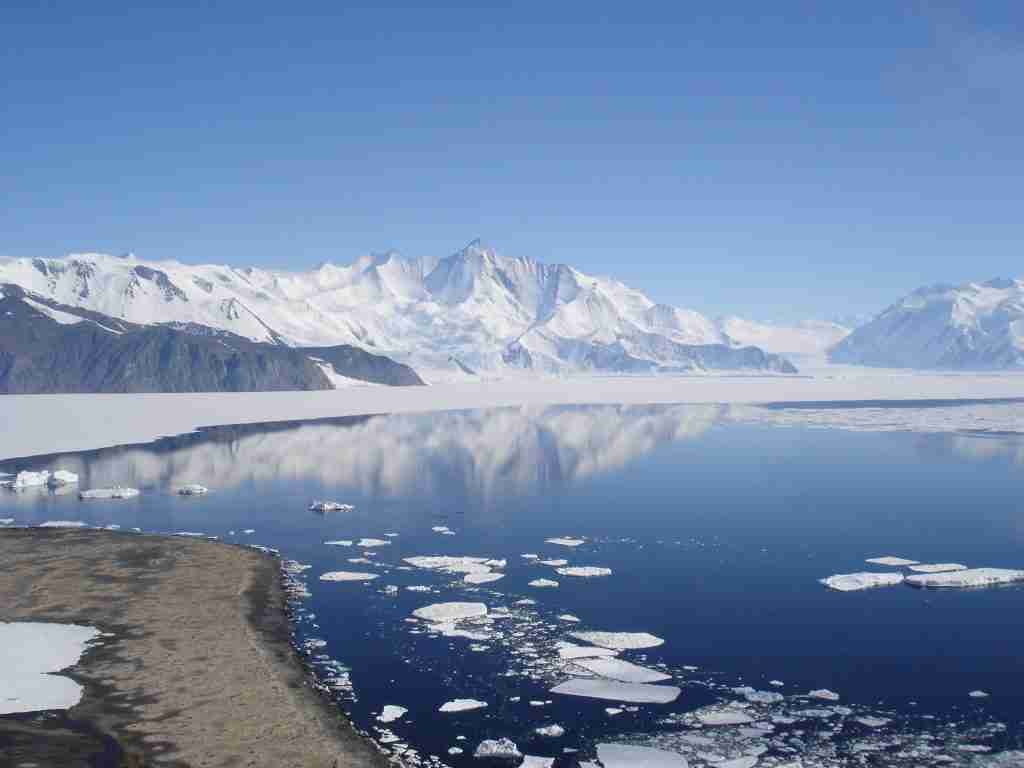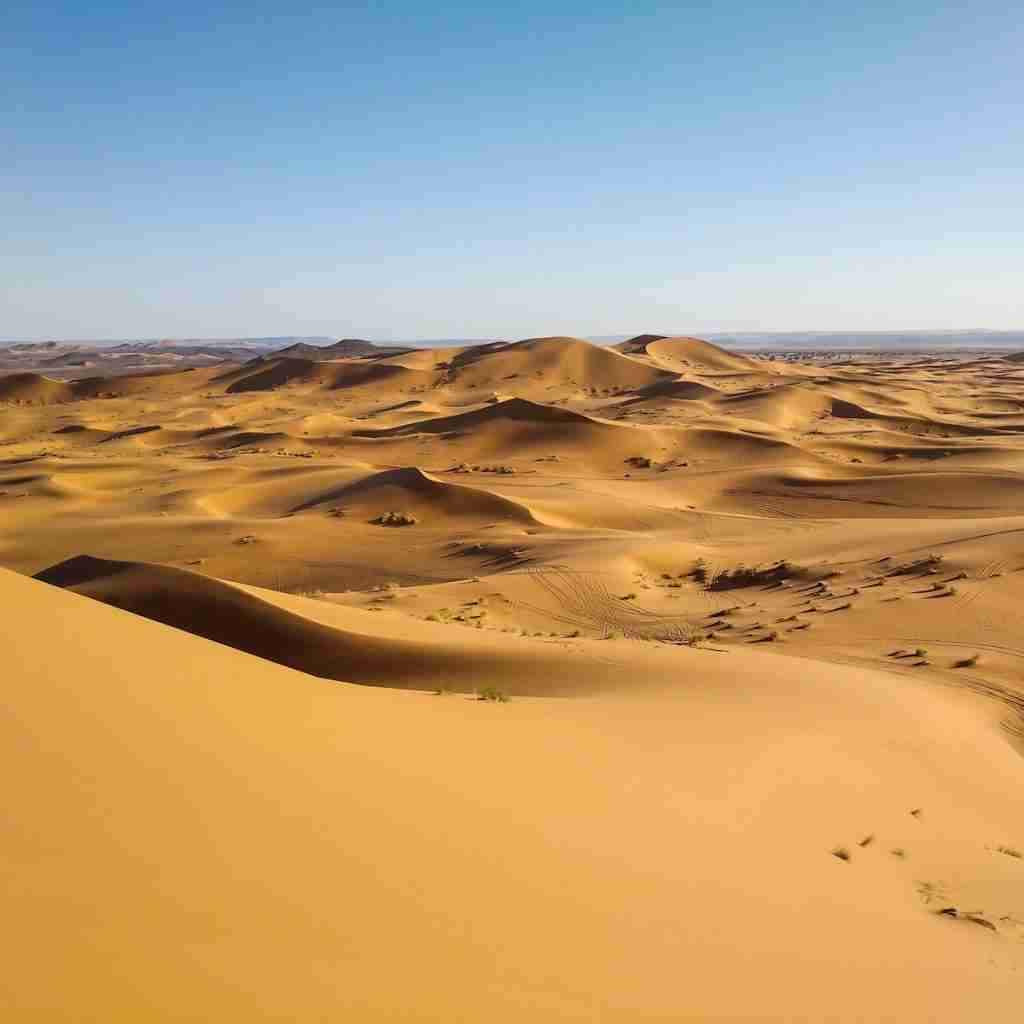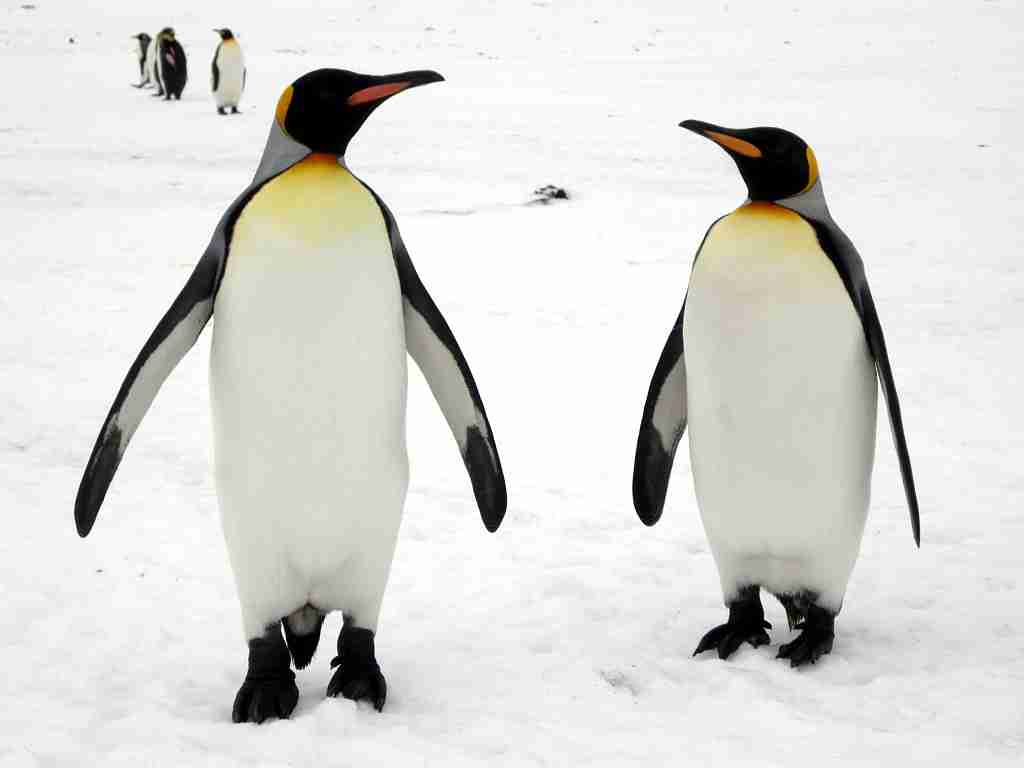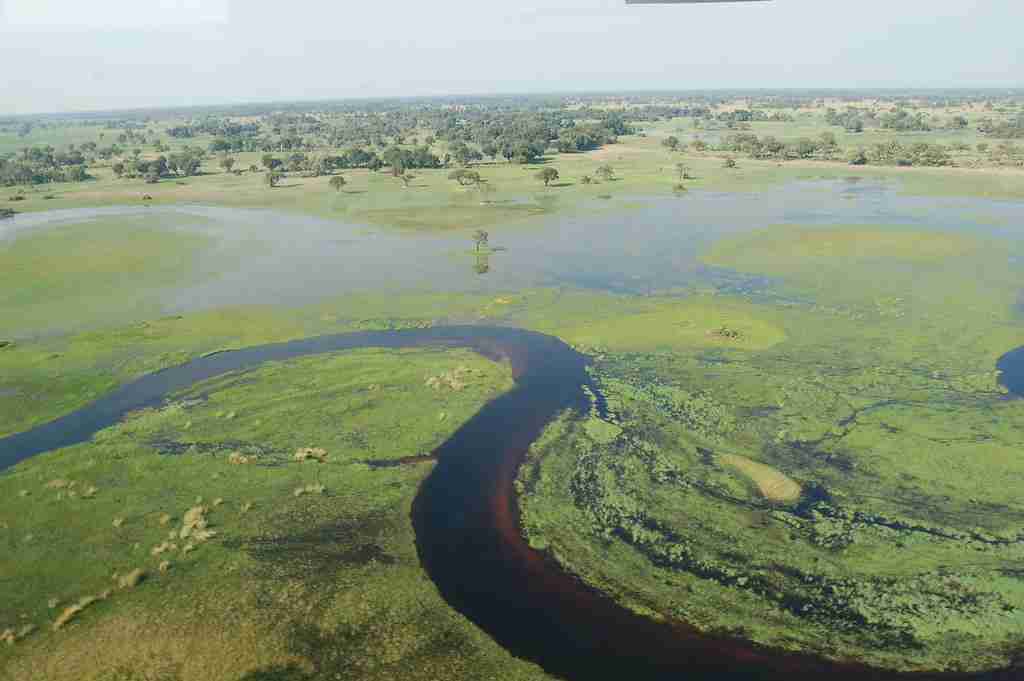24 Fun Facts About World | Ignite Your Curiosity
1. Snails can sleep for up to three years.
The sleeping habits of snails are particularly mesmerizing. To survive in periods of drought or lack of food, snails can enter a state of hibernation that can last up to three years.
This incredible survival strategy demonstrates the resilience of life and the varied mechanisms organisms have developed to endure challenging conditions. It’s a remarkable example of nature’s adaptability and the mysteries that still lie within the behaviors of even the most common creatures.
2. There are more trees on Earth than stars in the Milky Way.
It’s hard to grasp the scale of life on our planet, especially when you learn that Earth is home to more trees than the Milky Way has stars.
With an estimated three trillion trees on the planet, their importance cannot be overstated. Trees are vital for the air we breathe, the water we drink, and they provide habitats for countless species of flora and fauna.
3. What was the primary cause of World War 2?
World War 2 was primarily caused by the Treaty of Versailles’ harsh conditions on Germany, aggressive expansionism by Axis powers, and the failure of appeasement policies.
4. The Pacific Ocean covers more area than all the Earth’s land combined.
The vastness of the Pacific Ocean is a testament to the planet’s incredible natural features. It’s a marvel that stretches far and wide, encompassing more area than the combined total of every continent on Earth.
This immense body of water not only dominates the Earth’s surface but also plays a crucial role in regulating the global climate. Its sheer size and depth contribute to its mystery and the rich biodiversity it harbors.
5. The Earth’s atmosphere extends to over 10,000 km above the surface.
One of the lesser-known fun facts about World is the sheer scale of our planet’s atmosphere. It extends upwards for more than 10,000 kilometers, encompassing several layers that protect life on Earth from the vacuum of space.
This protective blanket keeps us safe from harmful solar radiation, burns up meteors before they can strike the surface, and holds the oxygen we need to breathe. It’s a complex system that scientists continue to study and understand.
6. The world’s oldest known “your mom” joke dates back 3,500 years.
Humor has been a fundamental part of human culture across civilizations, evidenced by the world’s oldest recorded “your mom” joke, dating back 3,500 years. Found on a Babylonian tablet, this jest stands as a testament to the timelessness of certain forms of humor.
Despite the vast changes in language and societal norms over millennia, the enduring nature of such jokes highlights a universal aspect of human psychology and our shared love for humor.
7. The longest place name in the world is in New Zealand.
A fact about the World that linguists and travelers alike find fascinating is that the longest place name can be found in New Zealand. The name is Taumatawhakatangihangakoauauotamateaturipukakapikimaungahoronukupokaiwhenuakitanatahu, a hill in Hawke’s Bay.
This Maori name is often shortened for obvious reasons, but it translates to a description of the hill’s geographical features and history. It’s a testament to the rich cultural heritage and linguistic diversity found around the globe.
8. Antarctica is the largest desert in the world.

When thinking of deserts, ice and snow are rarely the first images that come to mind. Yet, Antarctica is the largest desert in the world. This frozen desert is characterized by its extremely dry conditions, receiving very little precipitation.
Despite its icy exterior, Antarctica plays a crucial role in the Earth’s climate system and is a key area of research for understanding global climate change. Its vast ice sheets hold most of the Earth’s fresh water.
9. Honeybees can recognize human faces.
The cognitive abilities of honeybees present a surprising element. Scientists have found that honeybees can be trained to recognize and remember human faces, a skill previously thought to be exclusive to more complex brains.
This finding not only highlights the intelligence of bees but also deepens our appreciation for the cognitive capacities present in the insect world. It challenges our assumptions about intelligence and memory, showcasing the unexpected capabilities of these essential pollinators.
10. The Great Barrier Reef is the largest living structure on Earth.
The Great Barrier Reef, off the coast of Australia, is not only the world’s largest coral reef system but also the largest living structure on the planet.
Spanning over 2,300 kilometers, the reef is visible from space and supports a wide variety of life, including thousands of species of fish, corals, and other marine organisms. It’s a vibrant, living testament to the beauty and complexity of life on Earth.
11. Volcanoes can create new islands.
Exploring the creative forces of nature, volcanic activity is known to form new landmasses, giving rise to islands. This dynamic process is a powerful reminder of the Earth’s ever-changing landscape and its capacity for renewal and transformation.
The birth of islands from volcanic eruptions provides a dramatic illustration of geological forces at work, contributing to the planet’s rich tapestry of natural phenomena. It’s a captivating example of how destruction can lead to creation, shaping the Earth’s surface over millennia.
12. The Sahara Desert can fit the United States within its bounds.

The enormity of the Sahara Desert is a testament to the diverse landscapes that make up our World. Stretching across much of North Africa, it is the largest hot desert in the world and can comfortably fit the entire United States within its bounds.
This vast desert is not just a sea of sand; it boasts a variety of landscapes, including mountains, sand dunes, and even areas of fertile land. Its size and diversity make it a fascinating subject of study for scientists and adventurers alike.
13. There are 24 time zones across the Earth.
In our global society, the concept of time zones is something we often take for granted. Yet, this World fun fact about having 24 time zones allows for the orderly flow of time and day across different parts of the globe.
This system ensures that everyone on Earth can have a common understanding of time, regardless of where they are. It’s a fascinating aspect of how humans have organized life on this planet, allowing for synchronized communication and coordination worldwide.
14. How did World War 1 start?
World War 1 started after the assassination of Archduke Franz Ferdinand of Austria-Hungary in 1914, leading to a chain of events that escalated into a global conflict.
15. The world’s smallest mammal is the bumblebee bat.
The bumblebee bat of Thailand and Myanmar stands out for its minuscule size. Weighing as little as a penny, this tiny creature challenges our perceptions of mammals and their diversity.
Its diminutive stature and unique appearance illustrate the vast range of life on our planet, highlighting the importance of biodiversity and the need to protect even the smallest of species in our global ecosystem.
16. Penguins can convert saltwater into freshwater.

When it comes to fascinating facts about World engineering marvels, the Eiffel Tower stands tall—quite literally. Due to thermal expansion, the metal structure of the tower can grow up to 15 cm during the summer months.
This phenomenon occurs because the iron heats up, causing the particles to move further apart. It’s a perfect example of how temperature affects materials, a fundamental concept in physics, demonstrated on a grand scale by one of the world’s most iconic landmarks.
17. More than 70% of the Earth’s surface is covered by water.
When considering World facts, it’s astonishing to realize that the majority of our planet is covered by water. Over 70% of the Earth’s surface is enveloped in oceans, seas, rivers, and lakes, making it a predominantly blue planet from space.
This abundance of water is crucial for sustaining life, shaping climates, and influencing weather patterns across the globe. It’s a reminder of the importance of conserving our water resources to protect the rich diversity of life they support.
18. Some plants can communicate with each other through their roots.
Exploring the interconnectedness of life, research has shown that certain plants are capable of communicating with each other via their root systems. This underground network allows them to send distress signals and share nutrients, showcasing a complex form of plant interaction.
This discovery opens up new understandings of ecosystem dynamics, emphasizing the sophisticated ways in which life forms interact with and support each other. It’s a fascinating glimpse into the cooperative strategies that ensure survival and balance within the natural world.
19. The oldest known “footprints” on Earth were made by a multicellular organism over 1.5 billion years ago.
These “lunar waterfalls” are actually streams of dust and particles that move in patterns resembling waterfalls on Earth, due to the moon’s unique environmental conditions.
This fascinating occurrence highlights the dynamic and ever-changing nature of celestial bodies, expanding our understanding of geological processes beyond Earth. It invites us to reconsider the beauty and complexity of phenomena in the solar system.
20. The Okavango Delta in Botswana is the world’s largest inland delta.

Chess, a game celebrated for its complexity and depth. The number of unique game variations exceeds the number of atoms in the known universe, illustrating the virtually infinite nature of human creativity and strategic thinking.
This mind-boggling comparison sheds light on the complexity of chess as a game and the capacity of the human mind to explore and generate vast numbers of outcomes from a set of rules.
21. Trees in a forest can form a symbiotic relationship with fungi, creating a network known as the “mycorrhizal network.”
This underground network, formed between tree roots and fungi, facilitates communication and nutrient exchange among trees. This natural phenomenon, often termed the “Wood Wide Web,” exemplifies the complex interdependencies that sustain life.
It showcases the forest as a communal entity rather than a collection of individual trees, emphasizing the importance of cooperative relationships in nature.
22. The shortest war in history lasted 38 minutes.
History is filled with lengthy and drawn-out conflicts, making the fact about the World’s shortest war all the more surprising. The Anglo-Zanzibar War of 1896 lasted for just 38 minutes, marking it as the briefest recorded war in history.
This quick resolution reflects the overwhelming power disparity between the combatants and the rapid conclusion of hostilities. It’s a curious footnote in the annals of history that highlights the varied nature of international conflicts.
23. Why does world hunger still exist?
World hunger persists due to factors such as poverty, inequality, conflict, poor infrastructure, and inadequate agricultural practices.
24. The majority of the world’s population has never seen snow.

While snow is a common winter phenomenon in many parts of the world, the majority of the global population has never experienced it firsthand.
Geographic and climatic differences mean that for many, snow remains a concept understood only through pictures or stories, underscoring the wide range of human experiences with nature.
FAQs
World Kindness Day is observed on November 13th annually to promote kindness throughout the world. It is celebrated to encourage individuals, communities, and nations to be kinder to each other, aiming to make the world a better place.
Studying world history is important because it provides insight into the events, cultures, and peoples that have shaped the world. It helps us understand the complexities of the global community, learn from past mistakes, and appreciate the diversity of human experience.
The World Cup refers to an international competition in various sports, most commonly associated with football (soccer). It is significant as it brings together teams from around the globe to compete, fostering unity, national pride, and showcasing the highest level of the sport.
The World Trade Center refers to a complex of buildings in Lower Manhattan, New York City, notable for being the site of the September 11, 2001 terrorist attacks. Before its destruction, it symbolized global economic activity and had iconic Twin Towers.
Learning about world religions is important because it fosters understanding and tolerance among people of different faiths. It helps individuals appreciate the diverse beliefs and practices that influence cultures and societies globally.







